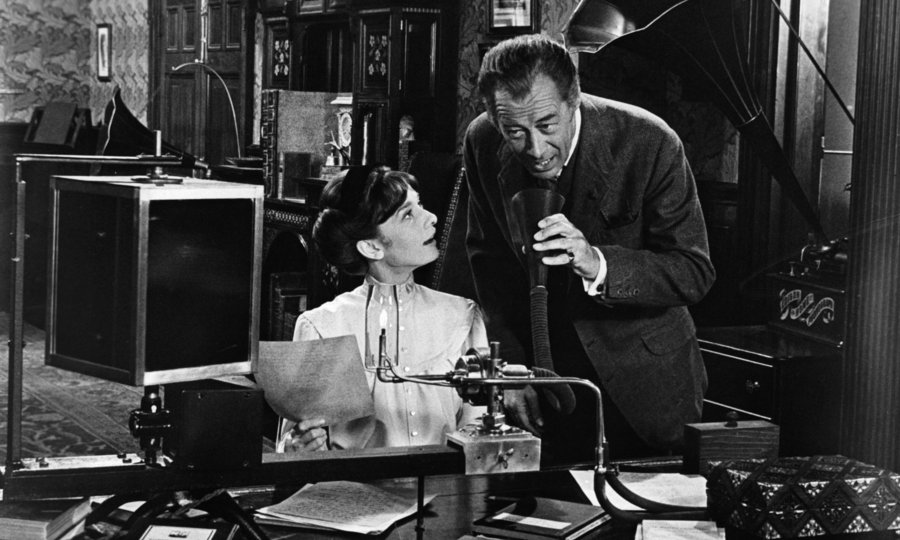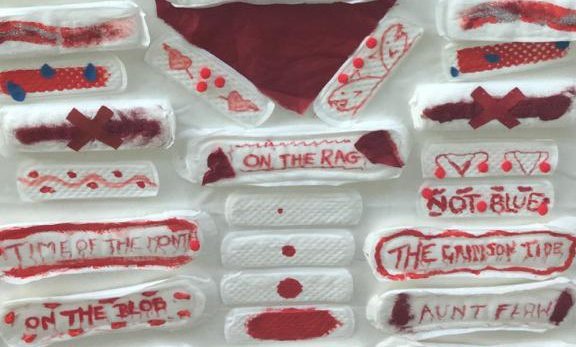Why Brazil’s indigenous communities are creating avant-garde electronic art
by Dr Thea Pitman
1 May 2019
This blog post is part of our Summer Showcase series, celebrating our free festival of ideas for curious minds.
For indigenous peoples in the Americas, there is one major ‘turning point’ that affects everything else: the moment of first ‘encounter’, the beginning of an experience of colonisation that still continues today. In the context of Brazil, that moment of first encounter may not have happened yet for those few uncontacted groups living deep in the Amazon. However, for most indigenous peoples, especially those living closer to the coast, colonisation started from the moment Pedro Álvares Cabral landed in Southern Bahia on 22 April 1500.
Colonialism and its legacy
In the years that followed, indigenous peoples were decimated through the arrival of diseases for which their immune systems were not prepared, the extreme exploitation of their labour, and through acts of genocide. Those that survived were subsequently ‘encouraged’ to assimilate into the Brazilian ‘melting pot’, through intermarriage or (more likely) coercive sexual relations, conversion to Catholicism, and the imposition of the Portuguese language. By the late 19th century, the Brazilian government was able to declare that indigenous communities in the North East of Brazil – the region that was most extensively colonised – were extinct.
Over the course of the last century, the indigenous communities of the North East have fought back against their declared extinction, with the Pankararu reasserting their indigeneity as early as the 1940s and the Tupinambá as recently as the 2000s. There have of course been some positive turning points along the way. The 1988 Constitution significantly strengthened indigenous rights, particularly with respect to the possibility of reclaiming ancestral lands, and granted the right to full citizenship in place of being considered ‘under the tutelage of the state’. The Brazilian government’s ratification of the International Labour Organisation Convention No.169 in 2002 also opened up further opportunities for territorial demarcation and so stimulated the most recent wave of ethnic re-emergence. And Luíz Inácio Lula da Silva’s presidency (2003-10), though not perhaps as statistically significant in terms of demarcation of indigenous lands, is certainly remembered fondly as a time of decreasing poverty and increasing inclusivity.
However, there have been some very negative, and protracted, turning points too: during the Military Dictatorship (1964-85) indigenous people were seen as ‘obstacles to progress’ and the regime sought to eliminate or exterminate them. Following the election of right-wing ex-military President Jair Bolsonaro in January 2019, indigenous communities are likely to be some of the hardest hit by his reforms and the impact of his anti-indigenous rhetoric. He has vowed not to allow any further demarcations of indigenous lands, transferring control over such matters to those representing the interests of agribusiness; and he has put an archly conservative evangelical pastor in charge of a new ministry overseeing indigenous affairs, amongst other things. His overriding policy is that indigenous people should be fully assimilated into mainstream Brazilian society, one way or another, and thus cease to be a ‘problem’ for development. Emboldened by such rhetoric, on the night after his election victory, and again on the night before his inauguration, illegal settlers who had recently been required to vacate the Pankararu indigenous territory burnt down two schools in the community. And this is just the beginning of Bolsonaro’s period in office.
![‘A voz do mar’ [The Voice of the Sea], Óscar Octavio ‘Ukumari’ and the Pataxó de Barra Velha community. Photo: Thydêwá Archive.](/media/images/A-voz-do-mar-Oscar-Octavio-Ukumari-Pataxo-de-B.width-592.jpg)
Why art matters
In this context, one has to ask: why run art projects with indigenous communities? Surely there are more pressing concerns to deal with. My answer to this is that through art – particularly through novel, avant-garde forms of electronic or digital art – indigenous communities can achieve significant visibility and stimulate an alternative narrative about their cultures that counteracts unhelpful mainstream stories of poverty and violence, or of colourful traditions from communities stuck in the past and in far-flung corners of the country.
The art project that my research has focused on is called AEI - Arte Eletrônica Indígena, and is run by an NGO called Thydêwá based in Southern Bahia. The project ran throughout 2018 and consisted of an open call for participation from suitably skilled artists to undertake short residencies in 10 indigenous communities in the states of Bahia, Alagoas, Sergipe and Pernambuco (a subsection of the Brazilian North East that is about the size of France). The indigenous electronic art that was produced in the residencies was subsequently exhibited at the Museum of Modern Art (MAM) in Salvador da Bahia in August and a smaller touring exhibition also visited all the participating indigenous communities from October onwards.
![‘Pulsação’ [Pulsation], Aruma-Sandra de Berduccy and Mangtxay Camacã Imboré. Photo: Ângelo Rosário](/media/images/Pulsacao-Aruma-Sandra-de-Berduccy-Mangtxay-Cam.width-592.jpg)
The overall aim of the project was to encourage intercultural communication and diminish prejudice between indigenous and non-indigenous members of Brazilian society. It did this both by bringing non-indigenous artists into the communities for the residencies and by taking significant numbers of the indigenous participants in the project to present their work at the MAM. The effectiveness of this strategy was striking. One of the indigenous participants whom I interviewed, Mangtxay Camacã Imboré, told me that she had never considered herself an artist before, merely an artisan. She had also never been as far as Salvador before, nor had ever set foot in a museum or art gallery. She spoke of how important it was, not only for such avant-garde indigenous art to be exhibited in a formal gallery space, but for indigenous people to be there to present their work. Through their presence, non-indigenous visitors would understand that indigenous people really do exist in the region, that they really can produce this kind of non-traditional art, and that they can talk to whoever will listen about all of this. The conversations and other interactions that took place in the MAM between the artists and the visitors were a crucial component of the project. In my research I argue that in many senses, the exhibition and the indigenous artists who accompanied it functioned as a kind of cultural retomada, a retaking or re-appropriation of the gallery space.
According to Sebastián Gerlic, director of Thydêwá, if you ask indigenous people in Brazil about the current political climate, while they most certainly are not taking this lying down, they are as likely as not to also point out that many of them have been resisting for 500 years already. In this light, a four-year presidential term is not so much a definitive turn for the worse, but a passing phase, and they’ll get through it. In the meantime, what they’re really waiting for is a much bigger turning point, one sometimes referred to as the ‘third’ or ‘great turn’, in which we recognise that the current systems of resource exploitation and economic growth that hold sway across the world are unsustainable, and we need to find some better alternatives.
Dr Thea Pitman is Senior Lecturer in Latin American Studies at the University of Leeds. She received a BA / Leverhulme Small Research Grant in 2017.


